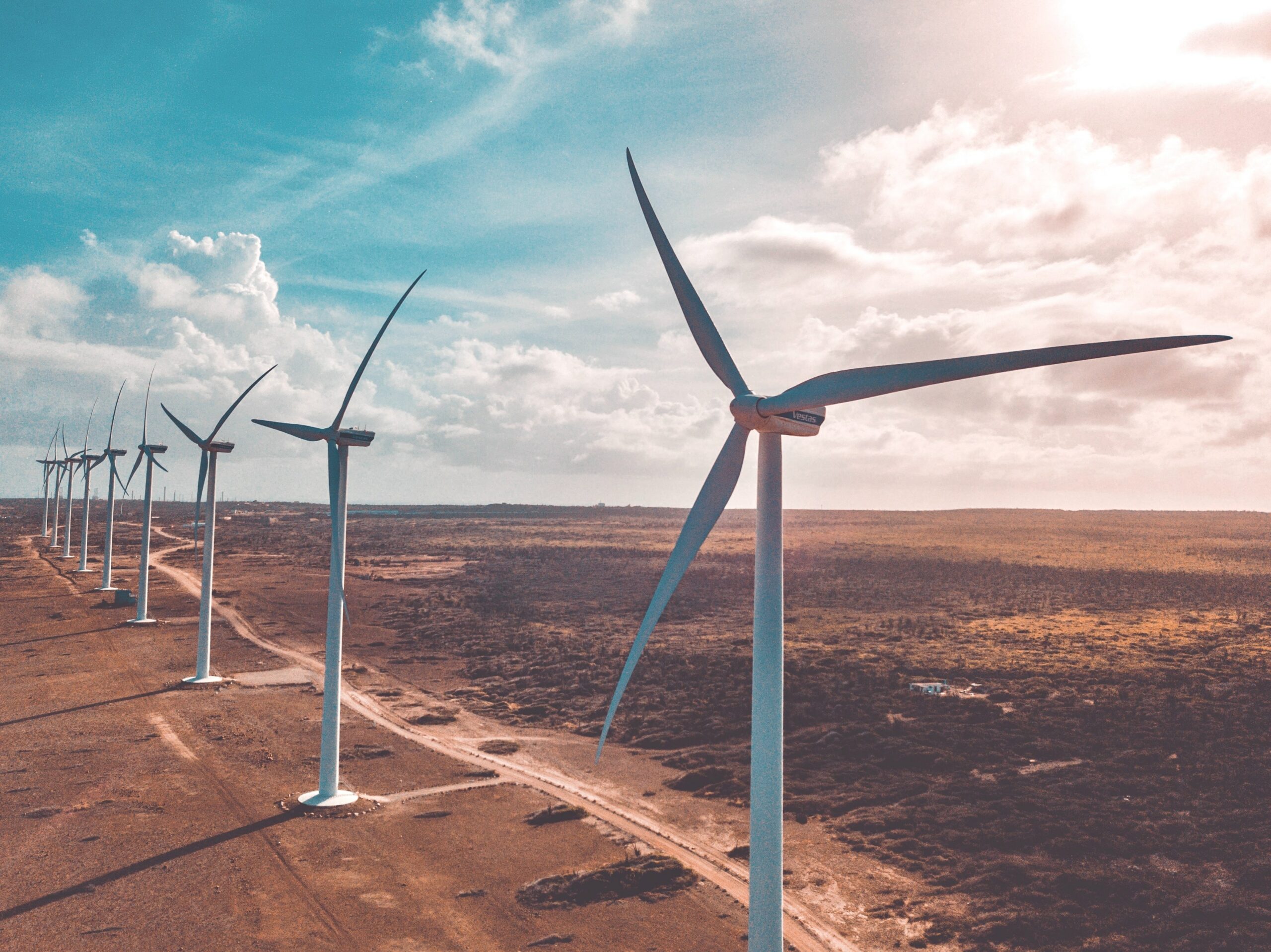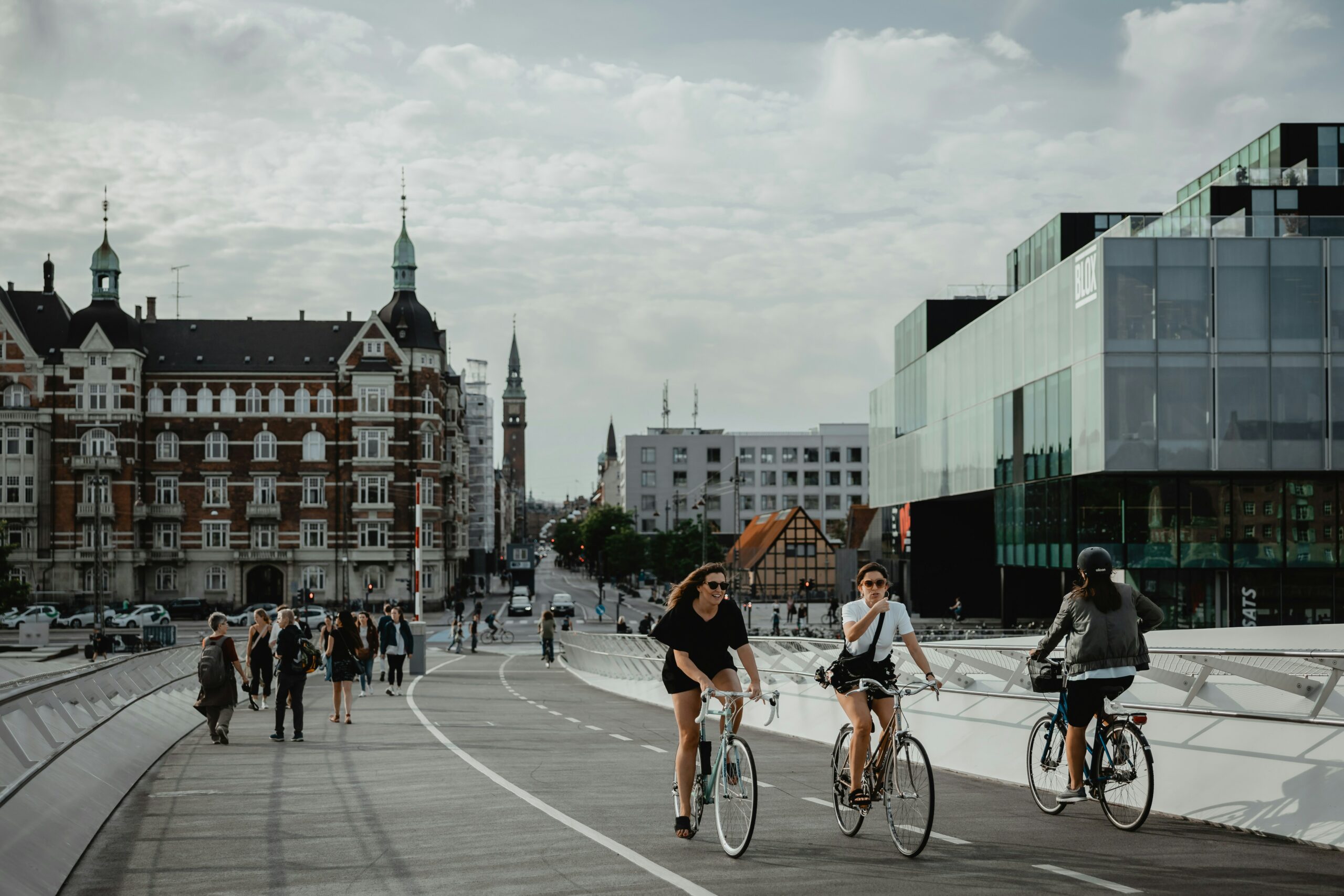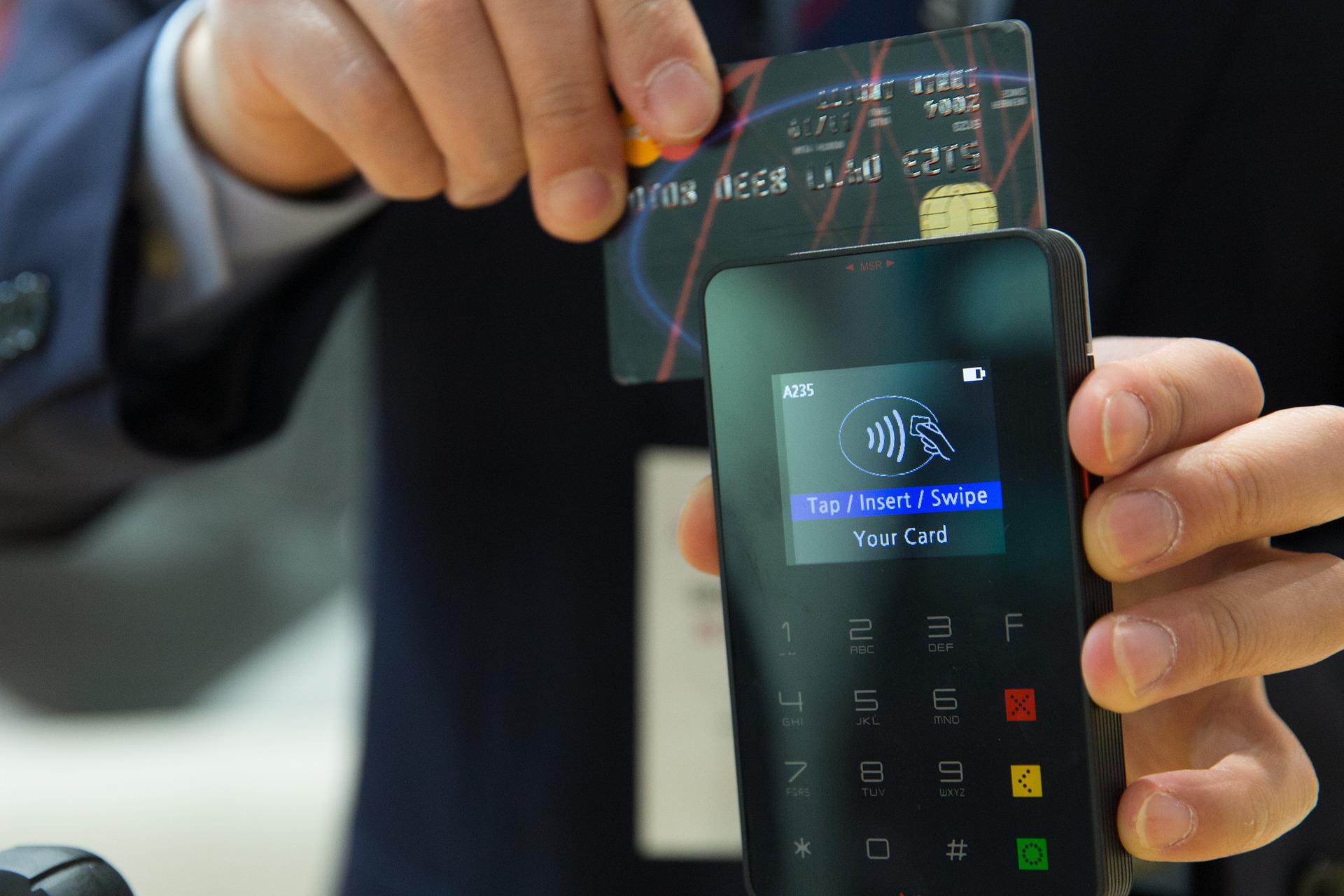There is always this common complaint that visitors or people from abroad starting life in Denmark have-that Danes are generally cold. In Norway, the case is a little different because people complain of extreme cold winters that go through the walls and even warm clothing.
When foreigners arriving in Scandinavia come complaining, they get this brilliant quip that there is never bad weather, only poor clothing. You get the point? Okay… to ways that can keep you warm in Denmark-house heating and electricity. In the ice cold Winters experienced in Denmark, you only need to turn on the heating, coil yourself on the couch and watch a Netflix film.
Ideas to get your started in Denmark
If you are ever looking for a destination to make home, then Denmark is the place to be. Many internationals arrive in Denmark almost every year as expats, researchers, students among many others. Well, the simple fact that Denmark is ranked top among the happiest countries is open to relay that all is gold.
I am not certain of what your reactions would be on the very first days you arrive in Denmark. But for most people arriving in Denmark, the experience is always a mixture of emotions, worry, excitement, anxiety, and for others they even become home sick. But when you get to learn that you have landed into a developed state, all the worries and fears are obviously quenched. Almost everything you need is in order including the high Danish energy efficiency.
Social security is one aspect that the Danish government follows up on with a high degree of excellence. And for this reason, Denmark is notably one of the most energy efficient countries globally. Regardless of whatever destinies you to Denmark, having a reliable heating and electricity source is key.
Energy needs and supply in Denmark
About 12% of energy in Denmark is imported and this includes all forms of energy for both heating and electricity. One very important element worth noting is that Denmark has put great measures to curb climate change. Why do I bring up this issue of climate change? Well, it is quite clear that the Danish government has greatly reduced its production of electricity from coal.
In the year 2019, coal constituted less than 10% of electricity production in Denmark. Fossil fuels and coal constitute about 20% of electricity production. The remaining 80% of electricity produced in Denmark comes from renewable energies like biomass, wind power, solar power, and combustible renewables.
Denmark has a vision that by 2050, it will be fully independent of fossil fuels through its Energy Strategy 2050. However, this was later revised to a wider 100% renewable electricity by 2030. Besides Denmark has the best energy security in the EU with wind power being the main source of its electricity.
The Danish power mix is greatly composed from wind energy. By 2021, wind power accounted for close to half of the electricity generated in Denmark. Biomass comes in second with a share of about 21%, and solar power 3%. This is one of the reasons why Denmark became the number one producer of wind and solar power globally.
Heating Systems in Denmark
Denmark employs quite a number of technologies to heat homes and cover the consumption of heat by the business sector. Currently heat in Denmark is produced from fossil fuels, natural gas, coal, but majorly from renewable sources. Solar, biomass energy, wind power and heat pumps help in the production of energy sources in Denmark.
In the same way, electricity is increasingly being used for heating purposes in Denmark. Speak of heat pumps and the electric immersion heaters. Therefore, a continuous heat production transformation is needed to attain Denmark’s vision of Energy Strategy 2050. However, there is a difference that exists between the individual and collective heat supply, the current heat supply systems in Denmark. About 80% of Danish homes are supplied collectively whereas the remaining 20% are of the individual heating portion.
Individual Heat Supply in Denmark
In early times, most heating in Denmark was through individual supplies. But as the collective heating supplies expanded, individual heat supply is now mainly available in rural areas as well as small towns. Individual heating in Denmark majorly comprises oil boilers, biomass boilers, and individual heat pumps.
Many homeowners are recently replacing their heating systems from oil boilers to biomass boilers and heat pumps. This is attributed to their economical nature. From the year 2017, home owners who are outside the district heating system locations have been getting a climate friendly heating system.
Collective Heat Supply
The collective heat supply in Denmark mainly comprises district heating technology. What happens here is that hot water is supplied from a central district heating plant to various Danish houses and buildings. At least two out of three houses in Denmark use this source of heating.
Another form of a collective heat supply in Denmark is from natural gas supplying gas to each household through a collective grid. This form of heating supply is mainly common in urban areas or areas with high heat density. Collective heat supply in Denmark is regulated by the Heat Supply Act.
Electricity for consumers in Denmark
In modern society, no matter your location, electricity plays a vital role and this is just the same in Denmark. In the future supply of energy and green economy transition, electricity will play a significant role in the Danish economy. Electricity market in Denmark is managed through the Danish Energy Agency.
There is a legal framework for the production, transmission, and distribution of electricity for Denmark. The Danish economy plays the greatest role in the green transition and a champion on the integration of large amounts of renewable energy into the electricity system. Maintaining this position is key and the electricity system must remain organised.
For this reason, the Danish electricity system is organised to occupy the changes in the volume of electricity generated from various sources. Right from 2015, the Danish government launched new partnership programs for smart energy. This has helped in finding solutions and barriers to reconciling the energy systems and taking action of the increased amount of renewable energy.
Denmark exhibits the highest level of security of supply for electricity as compared to most EU countries. There have been tremendous recent enhancements made by the conversion of overhead lines to underground cables at lower voltage. This has mainly managed to protect the Danish electricity network against issues with lightning or strong winds. The security of supply of electricity in Denmark currently stands at 99.99%.




